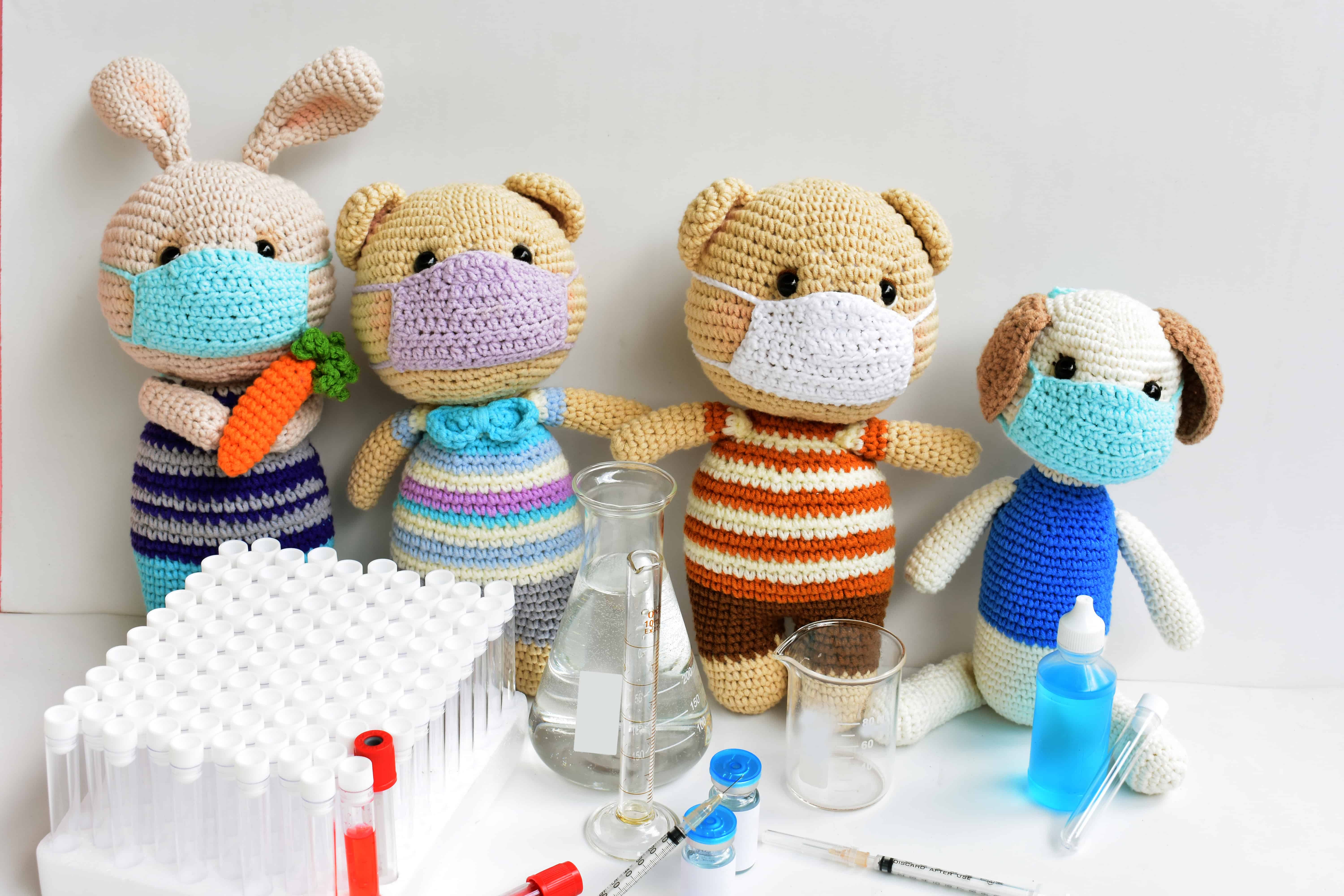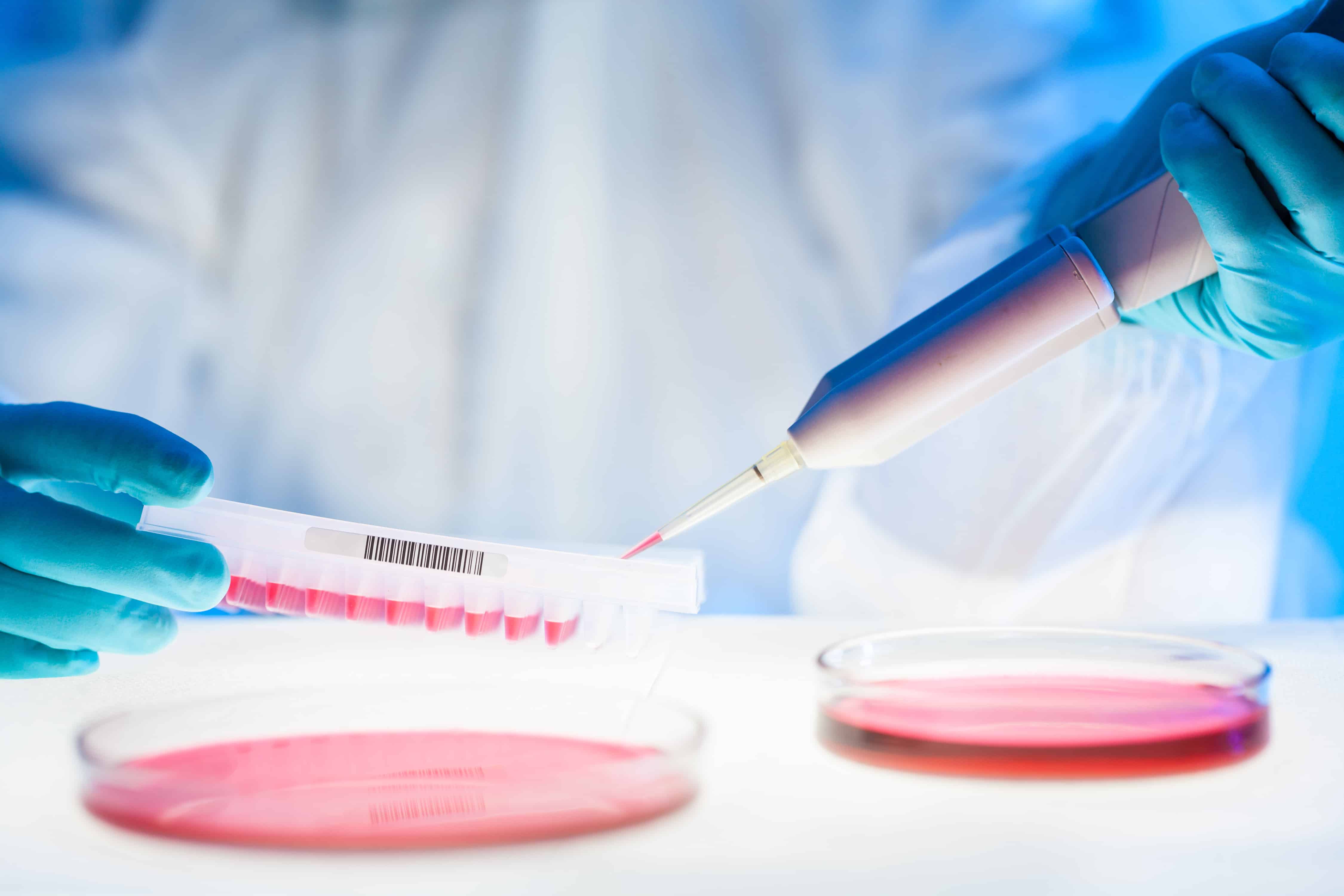Many companies around the world use animals to test a wide variety of products for humans.
These animals tend to live their entire lives in cages and undergo painful procedures.
Many companies have made it a priority to not test on animals; these companies tend to have their products labeled to inform consumers.
Animal testing was once the standard for testing products. These animals experienced terrible conditions and abuse. With support from animal rights organizations, it is now understood that animal testing is cruel. And now, recent studies have also established that animal testing is also not an accurate way to test for human use.
Throughout this article, you will learn about why animal testing is cruel and mistreatment of animals.
We will look at the background of the practice and what companies still use the testing, and which countries legally allow this treatment.
Why is Animal Testing Cruel?
Animal testing is viewed as cruel treatment of animals because of how the animals are treated and the product that is tested on them.
These animals live their entire lives in cages away from their natural environment while suffering from pain and exhaustion from testing.
More than 115 million animals are being used worldwide for testing annually, with 95% of tested drugs failing when tested on humans.
These animals are given toxic chemicals or infected with diseases to see how they respond to them and how the drugs react.
If an animal is saved from testing, they endure lifelong trauma and anxiety from their experiences.
In some cases, animals become addicted to the drugs they had been given for testing; if these animals survive, they endure withdrawal symptoms and pains.
Abuse and Neglect
When these animals are benign testing with new products, in many cases, it’s a harmful product that results in burning skin or internal issues.
In addition to physical pain, the animals also endure psychological distress from the anxiety and stress from the testing and environment.
Ineffective
Animal testing is considered ineffective; the animals that are being tested do not have the same genetic makeup as humans; they also can’t get the same diseases that humans can get.
Animals cannot show that diseases such as heart disease, cancers, HIV, schizophrenia, started as a side effect of the testing done.
Not Necessary Anymore
Modern science has found that animal testing for human products are ineffective and showing failing results.
Many scientists don’t want to stop testing animals because they are used to it. Not to mention that re-testing and running new research takes time and money – which they may not have.
What Countries Allow Legal Animal Testing?
Many of the world’s largest countries still legally allow animal testing of products. These countries included
The United States allows animal testing as long as it’s under the federal regulated Animal Welfare Act of 1966 (Figures - Animal Testing), but there is a significant flaw in the act.
While birds, rats, mice, cold-blooded animals and farm animals are exempt from testing, there are still many animals that are not protected.
The EU passed a ban on cosmetic product testing on animals in 1993, with the full ban taking effect in 2013.
This ban is a step in the correct direction and end animal testing, but research and drug tests are still being conducted.
Animal Testing Background
Animal testing has been used since the Ancient Greeks. In the 12th-century, animal testing was used for surgical procedures before trying them on humans (History - Animals).
During these times, it was impossible to run tests any other way because there were no other alternative methods yet. However, in modern times there is an ample resource to use besides animal testing.
Roman physician and philosopher Galen’s medical ideas influences and speed throughout Europe in the fifteenth century.
He would engage in public experiences for show – this was viewed as entertainment for pedestrians.
His animal testing did help change previous ideas about human anatomies, such as the idea that artists contained air, not blood; he was able to test this notion (Background).
Places Where Animals Are Tested?
Animals are tested at universities for science experiences, at pharmaceutical labs where testing for new drugs is performed, cosmetic labs, and the USDA breeds cows and chickens for food consumption.
An overlooked major contributor to animal testing is the US Department of Defense who used animals for research projects and combat trauma training.
In 2007 over 488,237 animals were tested. These animals would be shot with bullets, burned, and for military medics, training for amputation with anesthetized animals (Background).
Groups Trying to Stop Animal Testing?
Many organizations around the world are trying to stop the practice of animal testing these include:
These organizations were created to try and end animal testing.
Some of these groups are funded by universities. In contrast, other non-profits, such as John Hopkins University, have used medical research to try and find alternative ways of testing (organizations).
For example, The Coalition for Consumer founded the ‘Leaping Bunny’ program to help inform consumers about which products have and which products haven't been tested on animals.
Alternatives
Many modern scientists want to stop using animals for testing; the National Research Council in the United States has expressed they want to test human cells or cell lines to get accurate testing (Animal Testing).
With human cell testing, more treatments and medications could be created for common diseases.
Common diseases such as asthma have only seen two created medications in the last 50 years; this is due to the thousands of failed animal-tested drugs.
Testing human genes, proteins, and cells can give a more accurate understanding of how humans would respond to certain drugs.
With 3D printing of human cells and tissues, computer modeling, and other high-tech methods, the need to test animals should be decreasing (Suffering).
Using these methods would be more effective for humans, faster testing results, less expensive, and more accurate than animal testing (Suffering).
Why It’s Ineffective
Over 95% of drugs tested failed in human trials even though they claimed the animal testing showed results (Cruelty-Free).
An example of this lab failure was an arthritis drug that proved to work and be safe in monkeys. However, during the human trials, around 320,000 individuals experiences heart attacks and 140,000 died, worldwide.
Similarly, a fundamental step in scientific research is the ability to reproduce the same results, in 89% of preclinical studies that involved animals could not be replicated.
The testing on animals is dangerous and deadly, which is why the majority fail in human testing.
Animals do not have the same DNA or genes that humans do, making it very difficult to test products that are meant for humans.
In addition, nearly $12 billion is wasted every year in the US on animal testing that does not work.
Conclusion
Animal testing results in the abuse and suffering of animals worldwide; until more countries ban the practice, it will continue.
Countless research has been done to prove that animal testing is not effective and a waste of resources and money. These animals deserve to live a healthy and happy life, not to suffer in a cage their whole life.


